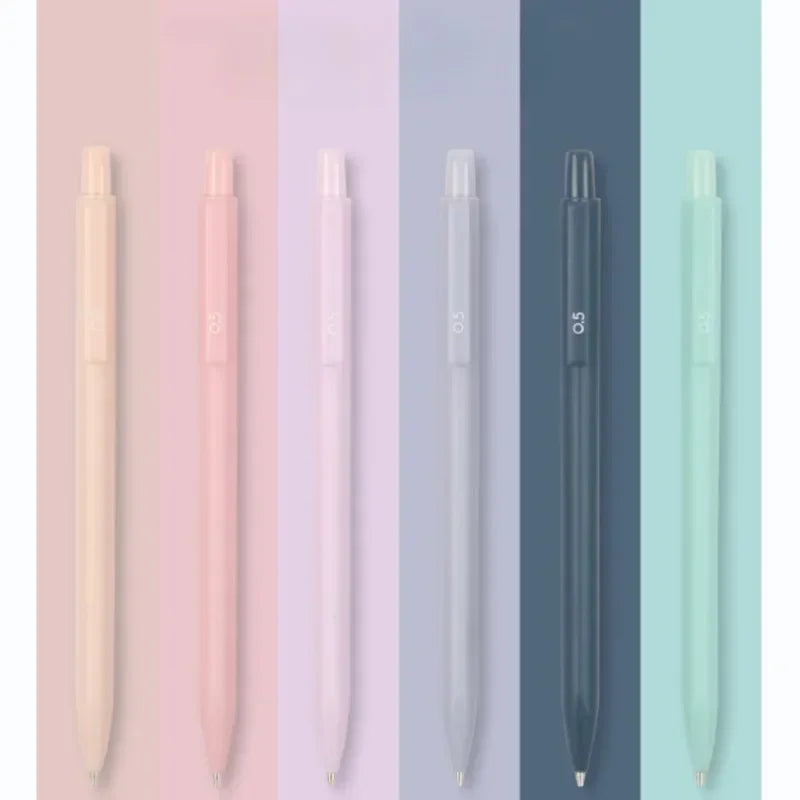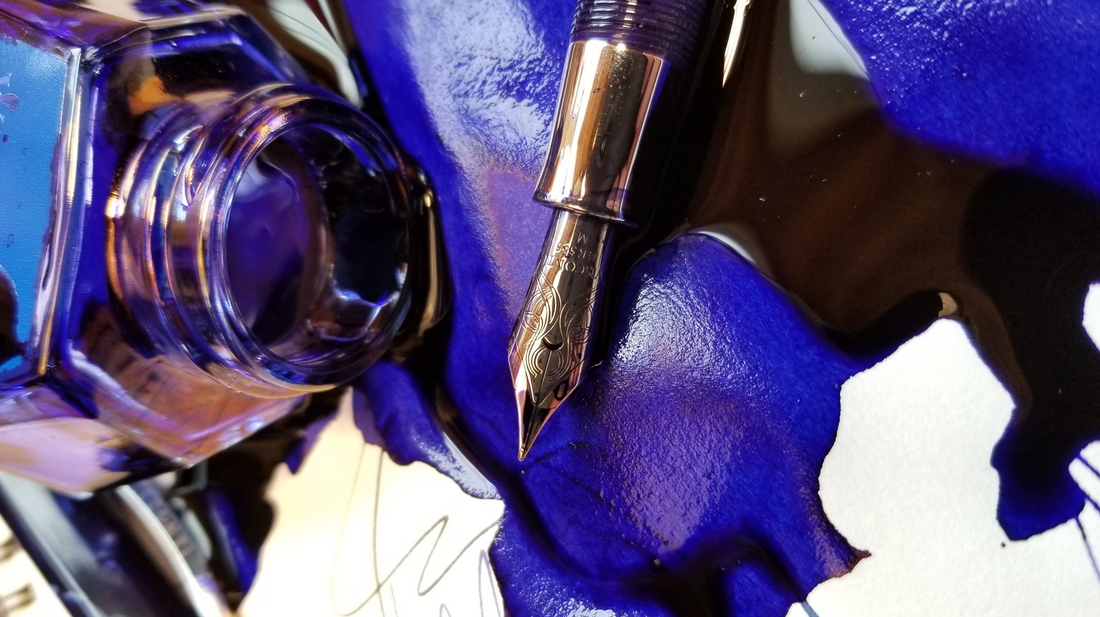Fountain pens are elegant and enjoyable writing instruments, but they can also be frustrating and finicky at times.
Whether you’re new to fountain pens or a seasoned enthusiast, you may encounter some common problems that affect the performance and quality of your pen.
In this blog post, we’ll cover some of the most frequent issues that fountain pen users face, such as skipping, hard starting, leaking, clogging, and nib misalignment.
We’ll also provide some tips and tricks on how to fix them or prevent them from happening in the first place. By following these simple steps, you can enjoy your fountain pen without any hassle or headache.
- Skipping or Hard Starts
- Ink Flow Issues
- Ink Bleed or Feathering
- Scratchy Nib
- Leaking or Dripping
- Hard to Start After Not Using for a While
- Converter or Cartridge Issues
- Ink Stains
-
Skipping or Hard Starts: If your fountain pen is skipping or having a hard start, it could be due to the nib being misaligned or clogged with dried ink. To fix this, try cleaning the nib with water and a drop of dish soap, and then drying it with a soft cloth. If the problem persists, try adjusting the nib alignment or replacing the ink cartridge.
-
Ink Flow Issues: If your fountain pen is having issues with ink flow, it could be due to the feed being clogged or the ink not flowing properly. To fix this, try flushing the pen with water and a drop of dish soap, or using a pen flush solution. You can also try adjusting the nib tines to increase the ink flow.
-
Ink Bleed or Feathering: If your fountain pen is causing the ink to bleed or feather on the paper, it could be due to the paper quality or the ink type. To fix this, try using higher quality paper that is more absorbent and less prone to bleeding or feathering. You can also try using a different type of ink that is more suitable for the paper.
-
Scratchy Nib: If your fountain pen nib feels scratchy when writing, it could be due to misaligned tines or a rough nib surface. To fix this, try adjusting the nib alignment or smoothing out the nib surface with a micromesh pad or polishing cloth.
-
Leaking or Dripping: If your fountain pen is leaking or dripping ink, it could be due to a damaged or worn out seal, or a loose or damaged converter or cartridge. To fix this, try replacing the seal, converter, or cartridge as needed, and make sure they are securely fastened.
-
Hard to Start After Not Using for a While: If your fountain pen is hard to start after not using it for a while, it could be due to the ink drying out in the feed. To fix this, try flushing the pen with water and a drop of dish soap, and then storing it with a small amount of water in the converter or cartridge. You can also try using a wetter ink to help prevent the feed from drying out.
-
Converter or Cartridge Issues: If your fountain pen is having issues with the converter or cartridge, it could be due to a variety of reasons such as a damaged or clogged converter, a faulty cartridge, or an incompatible converter or cartridge. To fix this, try cleaning or replacing the converter or cartridge, and make sure it is compatible with your pen.
-
Ink Stains: If you accidentally spill ink or get ink stains on your hands or clothes, it can be difficult to remove. To prevent ink stains, handle your fountain pen with care and avoid overfilling the converter or cartridge. If you do get ink stains, try washing your hands with soap and warm water immediately, and using a stain remover or bleach solution for fabric stains.

